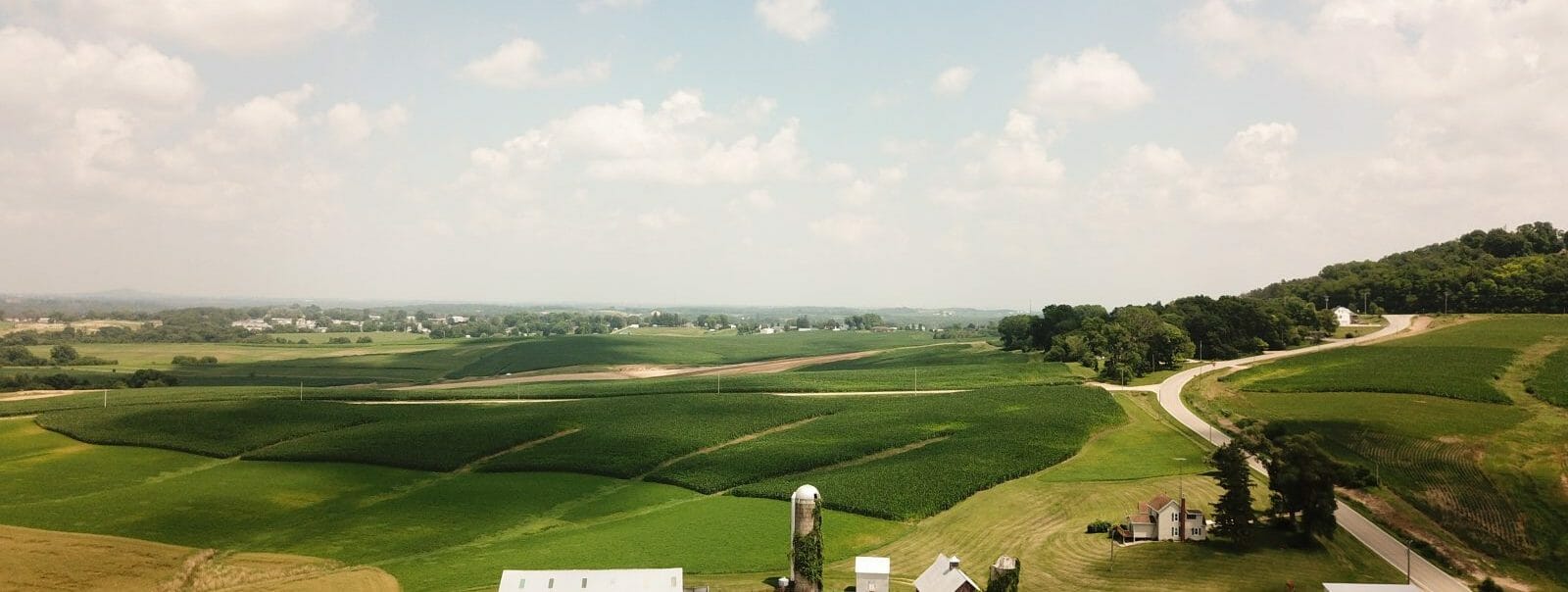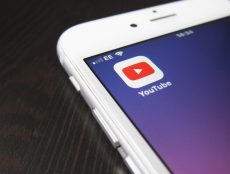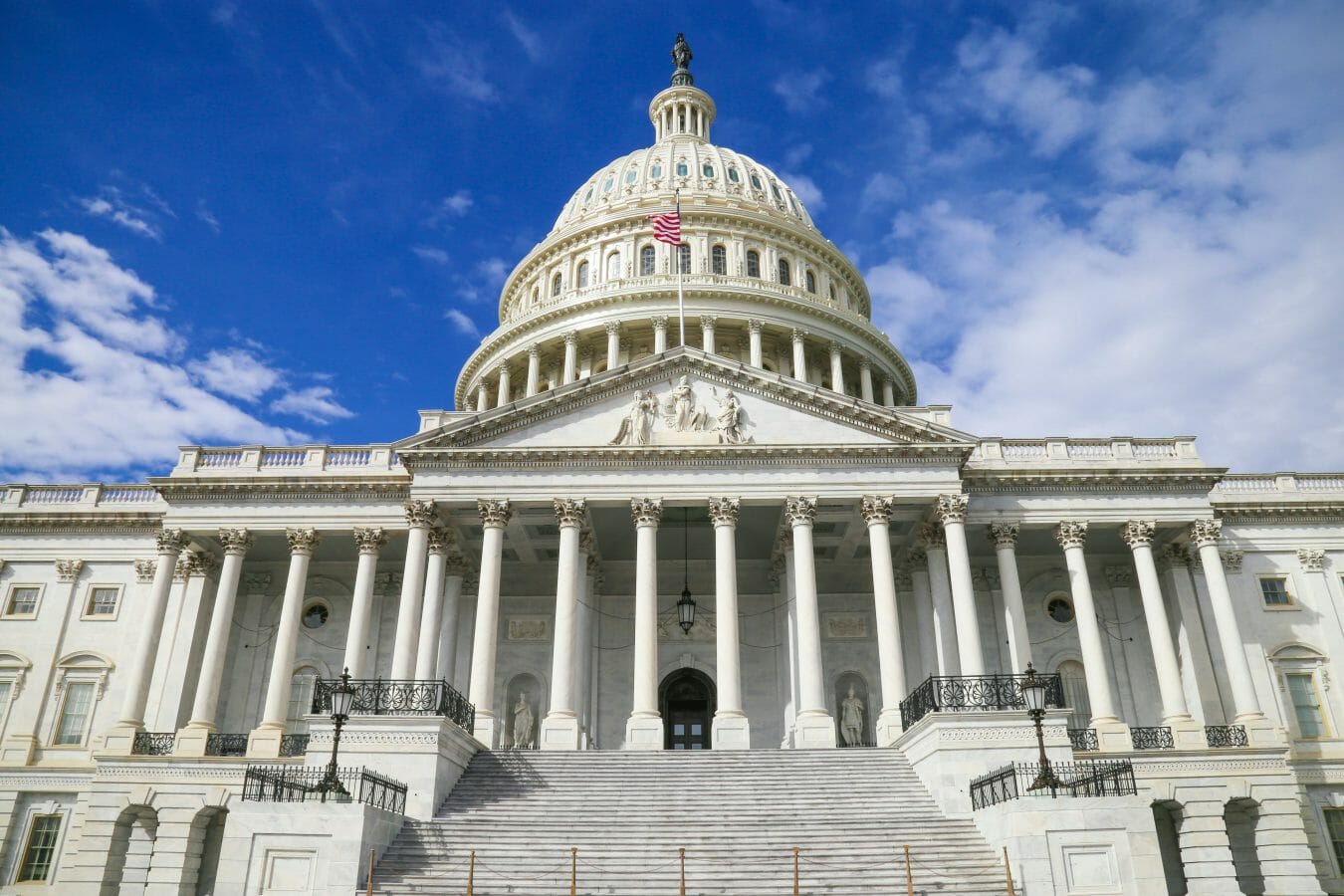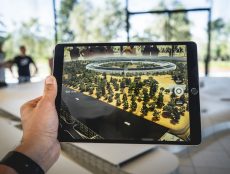
Articles
Industry News
Microsoft Says Rural America Has an FCC Problem when it Comes to the Digital Divide
By Henry Kronk
December 05, 2018
On Tuesday, Microsoft announced that they would be expanding their Airband initiative which seeks to deliver broadband internet to rural populations via unused broadcast frequencies reserved for television. These frequencies—known as TV Whitespace (TVWS) can penetrate buildings, forests, and hilly land while preserving its integrity in ways that Wi-Fi signals cannot. Compared to laying cable, broadcasting internet access would drive the cost of implementing broadband way down and make broadband available for virtually every American. When the Airband initiative launched in 2017, Microsoft committed to providing TVWS broadband to 2 million Americans by 2022. Based on their initial success, they’ve expanded that goal to 3 million while keeping the same deadline.
In a blog post announcing the expansion, Microsoft details how the Federal Communications Commission has created a couple different barriers to expanding rural broadband. They believe they have underestimated how many rural Americans don’t have access to high speed internet.
The Federal Communications Commission (FCC) currently estimates that about 25 million Americans, 19 million of whom live in rural areas, lack access to broadband internet. Microsoft believes the figure is much higher. The company doesn’t know for sure, but based on their own field work and independent studies by groups like Pew Research Center, they estimate that about 113 million Americans live without broadband at home. And for much of that population, slow connections aren’t a choice.
In addition, they raise an interesting point regarding technology adoption.
Microsoft Highlights the Adoption Rates of Wireless Technologies
As things stand, the FCC and the federal government already has its own separate initiatives to bring broadband to rural communities. In 1997, the federal commission created the Universal Service Administration Company (USAC), an independent not-for-profit commission, which has a mission to deliver ‘universal service’ and, among other things, affordable high-speed internet. The USAC is responsible for initiatives like the E-Rate program, which provides discounts on broadband for schools and libraries.
Microsoft claims that, “To date, almost 90 percent of the money spent by the federal government on rural broadband has been spent on laying fixed lines, primarily fiber-optic cables.”
There are a few things that Microsoft has to say about wired communication technology. To begin, they’re more expensive. Fiber-optic cable broadband “costs at least three to four times more than wireless technologies,” the blog authors write.
But perhaps more importantly, from a historical perspective, wired technologies see much slower and lower adoption rates than their wireless peers.
“Whether it be phone landlines, electricity, cable or broadband,” Microsoft writes, “wired technologies typically plateau at 70 percent penetration in the United States, before requiring decades of additional work and mountains of public money to close the remaining gap. For example, even after 25 years, electricity and cable TV hadn’t climbed above 70 percent.
“In contrast, within 25 years the country achieved near-universal adoption of radio and color broadcast television, both of which obviously involved wireless technology. More recently, the pace of adoption for cellphones neared 100 percent in about 14 years and in just eight years for smartphones. Broadband adoption not only lags both of these technologies, but is slower than the adoption of radio, more than 70 years ago. This history of wired technology adoption doesn’t bode well for laying fiber optic cable to the distant reaches of our nation.”
E-Rate Delays
Others have documented the inefficiencies of the current E-Rate program. A recent report from EducationSuperHighway, a group dedicated to bringing high speed internet to rural K-12 learners, says that under FCC Chairman Ajit Pai’s leadership, schools are seven times more likely to be denied for E-Rate discounts. In addition, the application process has significantly slowed. The group found schools waited an average of 245 days to learn the fate of their applications. Delays have impacted roughly 750,000 learners around the country.
Still, much progress has also been made. A separate EducationSuperHighway report in October described how the digital divide–at least among K-12 students–has been significantly reduced in recent years. A handful of states have managed close to 100% high speed connections in their schools. Arkansas has led the charge in this regard.
“In Arkansas, our students are developing 21st century skills in the classroom to succeed in tomorrow’s workforce,” said Governor Asa Hutchinson. “This requires high-speed Internet access in every school – which is why we upgraded the Arkansas Public Schools Computer Network and can now provide 1 Mbps per student to 98% of school districts.”
The FCC is currently in the process of accepting public comments and reviewing TVWS policy. In addition, they have begun operating a database detailing which frequencies are used where.
While it’s unlikely the E-Rate program will switch its focus, the combined efforts of the program with TVWS internet initiatives continue to connect more and more Americans.
Featured Image: John Reed, Unsplash.









No Comments